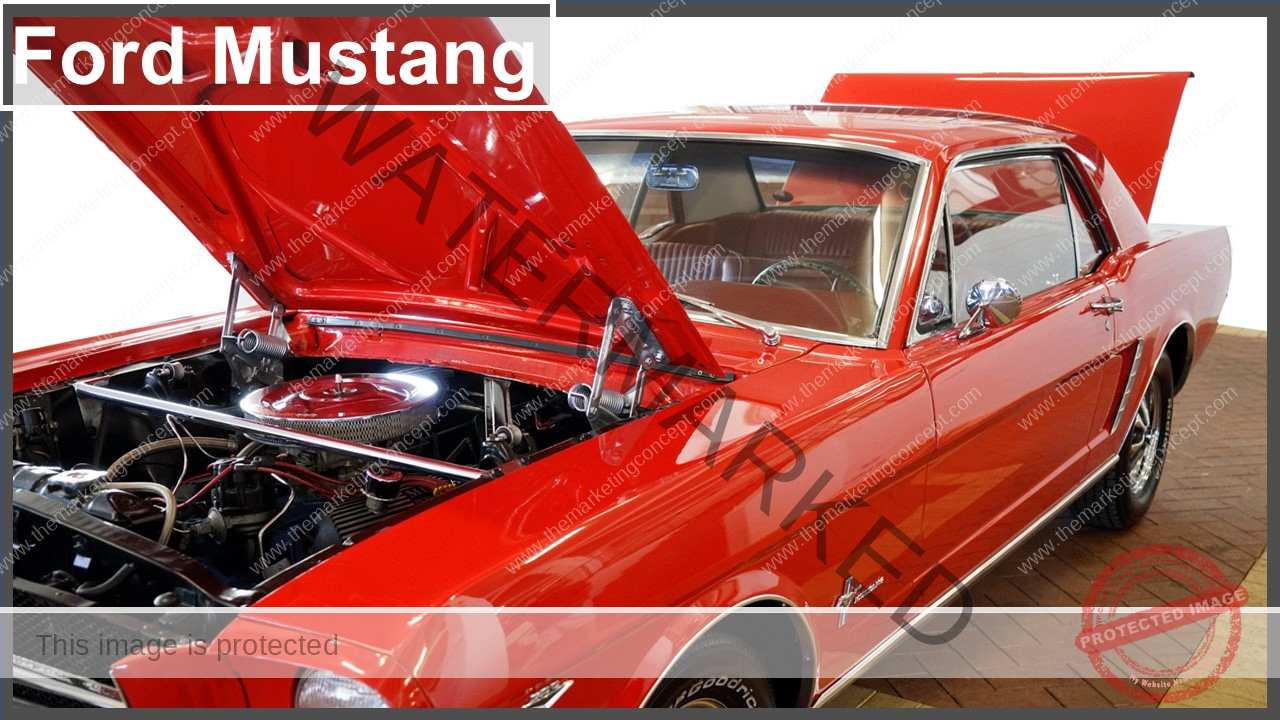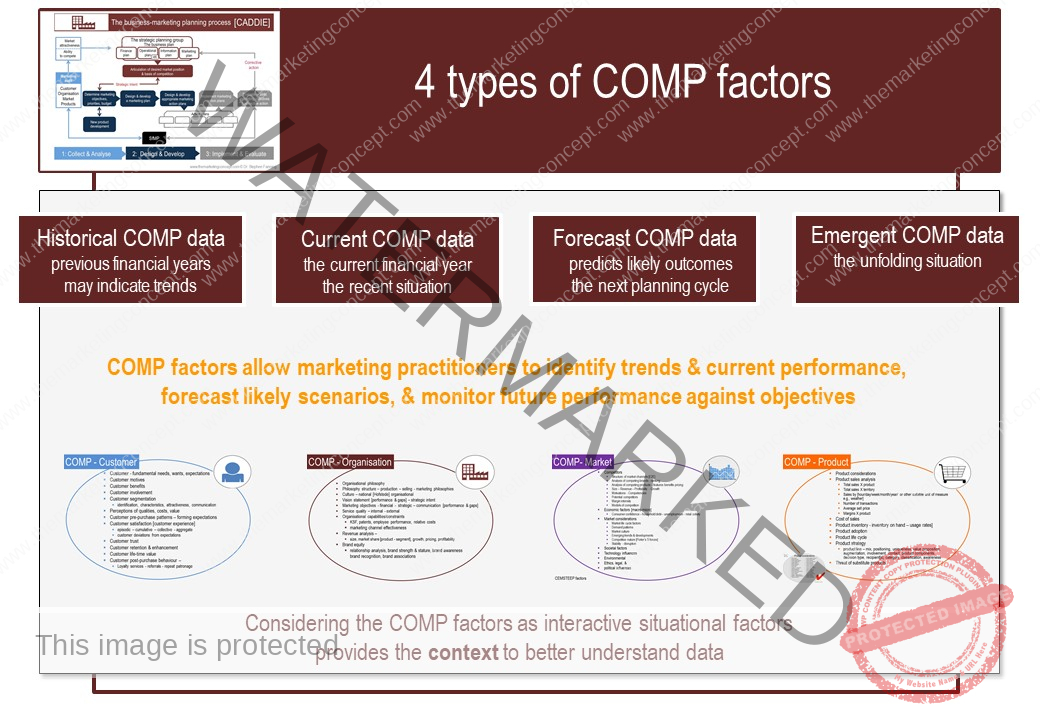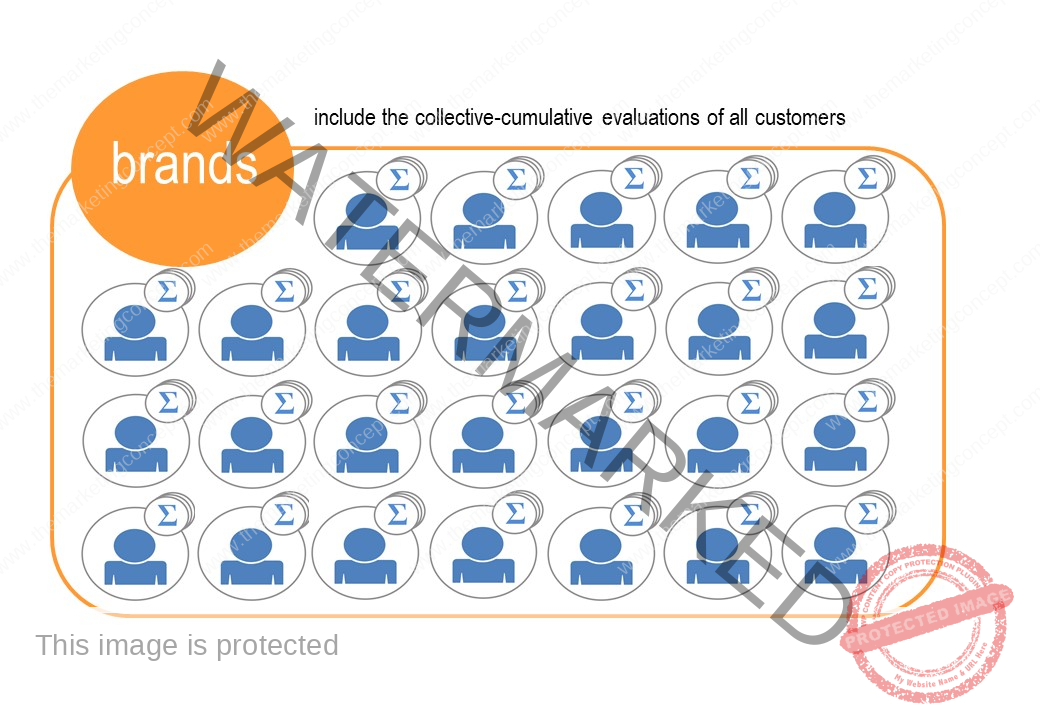




Activity: The buyer decision process – selecting a car
Stephen Fanning
This activity introduces the concept of schemas and how they are formed and how they influence consumer attitudes towards a brand and the selection of a product in the 1st time zone of the buyer decision process. We begin with an overview of schemas and identify some key journal articles – the objective is to gain an insight as to how consumers form schemas and how a knowledge of consumer schemas can assist marketing practitioners to design and develop products/brands that are distinct, discernible, and desirable.
APOLOGIES: This activity is a bit ‘male and Aussie’ but that is intended to allow target market inferences to be made. If you are reading this activity outside Australia it is recommended that you undertake a quick search of Australian Rules Football.
Scenario
Gino, Brett, and Alex have been mates since school. A couple of times a year gather to watch an Australian Football League [AFL] game and have a bar-b-que and a few social drinks. Gino and Alex are passionate West Coast Eagles supporters; however, Brett is a Richmond ‘Tigers’ supporter – just like his Dad and Grandad. It may seem strange but they all wear their club colours to the ‘gathering.
Gino is a plumber and Brett is an electrician – Alex, like many Australians, refers to them as ‘tradies’. Alex, on the other hand, works in an insurance broker’s office, and Gino and Bret refer to him as a ‘pen pusher’. As is the nature of Australian humour there is a fair bit of good natured ‘banter’ between the three mates.
Gino and Brett have 4X4 dual cab utilities; this allows them to meet both their private and work needs. The 4X4 dual cab utility [utes] category has increased in recent years and is now a dominant category. It is popular with tradespeople, however, it is also popular with caravaners, campers and off-road explorers.
During the half-time break the conversation turned to what vehicles they would purchase next. Alex has little choice as he has a work vehicle at the moment it is a Toyota Camry Hybrid – his boss makes the decision so he has no real input. The Toyota Camry is a lovely car to drive and as the car is leased [including all service costs] his boss makes a value decision on the best most reliable car at the lowest overall total cost. To be part of the conversation Alex states that – If he had the money and the choice it would be a vintage Ford Mustang. Recently, Alex and his Dad attended the National Mustang Gathering at Gloucester Park in Perth – around $10.5 million dollars worth of cars were on display. The Mustangs ranged from the 1960s to 2021. Alex and his Dad have floated the idea about having a ‘Sunday car’. That way they could ‘hang out’ and have some father and son time – a 1964 Ford Mustang is top on their list – red.
Gino is a little conflicted – he has been loyal to Holden – a GM brand, however, as Holden are no longer manufacturing and retailing of the brand has finished he is looking for a new brand [see the e-book on self]. Alex said that it is the same for the Toyota Camry, they used to be made in Australia but that is no longer the case. Gino states that, in his opinion Holden’s problem was that the brand promise was around being Australian and he bought into doing the right thing. Whereas Toyota Camry brand promise was on reliability so country of origin was not the issue. They all agree and discuss this a little further, until Gino states that he likes the look of the Mitsubishi 4X4 dual cab ute, he has a mate who has accessorised his and it looks good enough to go out in the evenings, go bush or beach on the weekends. Alex asks ‘are you sure? I perceive the Mitsubishi ute as a poor man’s Toyota Hi Lux.’ Gino recognising that Alex has developed loyalty to the Toyota brand says ‘you might be right but the Toyota Hi Lux may be out of my price range.’
Brett agrees that today’s Mitsubishi is a far cry from a few years ago, however, he fancies updating his 2014 Volkswagon Amarok 4X4 dual cab diesel with a new model. Gino asks if he feels the ‘Volkswagon scandal’ has impacted on his attitude to Volkswagon. Brett states that at first, he was annoyed because he trusted Volkswagen and he felt let down, but, the car is good, it has been extremely reliable and has reasonable running costs – plus, he read somewhere that other car manufacturers were also behaving badly, and some had also received fines. Alex asks why are they procrastinating and Brett states that the new model is very similar to his present model and he wants the new car to be a completely different experience [not just a change of colour and a few new tech apps]. Then Brett adds, that as a subcontract electrician he is concerned that a few large building companies had recently gone into liquidation and he is worried that he may be effected.
Gino states that the third quarter of footy is about to start; they take up their usual positions in the TV room – an advertisement for Toyota Hi-Lux 4X4 comes on the screen and Gino states maybe I will take a Hi-Lux for a test drive. Alex states if you can afford a Hi Lux maybe the Ford Ranger might be worth a test drive – Brett adds that there is a new Nissan Nivaro and that should also be considered.
They all have their mobile phones in their hands – who said men can’t multi-task!
Tasks
Q1: Employing this scenario and your reading on schemas, explain how people form schemas [construct brands] and how this influences consumer behaviour.
Q2: You are permitted to make inferences: Explain either Gino’s, Brett’s, or Alex’s [buyer] decision-making process to demonstrate your knowledge of the ‘cost benefit risk analysis’ ensure you have some reference to Maslow’s Hierarchy of needs.
Q3: Demonstrate your understanding of the situational factors [COMP] and how they may influence the decisions of Gino, Brett, and possibly Alex [HINT: you could include a table].
Q4: For this product category, Gino is re-evaluating his schema regarding ‘Made in Australia’ and is starting to construct a new considered set of products for future decision-making. Explain and discuss the influences that Gino may encounter [HINT: there are several ways you may tackle this question – the only stipulation is to be consistent with the learning of the unit].
ooooo0ooooo
The following information is to provide direction
Please also study the e-book
Schemas
You may have noticed that in this activity that consumer schemas are employed individually and collectively. Schemas are often overlooked but nevertheless important for consumers and marketing practitioners. Let’s have a brief overview.
Previously, we have discussed socialising, perception, memory, associative networks, learning, and the self-concept – consumers employ these skills when constructing a schema or schemas [schemas are also referred to as schemata in the academic literature].
The following definition synthesises the academic literature, a schema is: A schema is the result of a cognitive process where people attend, interpret, organise, catagorise information, consider the associations and relationships and store this information in an associative network for efficient retrieval, future conversations, and decision-making.
An understanding of schemas helps to explain how consumers interpret and organise marketing communication and consumption experiences. Just as each organisation will develop a unique marketing philosophy to guide market behaviour so do consumers. Consumers interpret information or assign meaning in different ways [watch the crowd’s reaction to a free kick at a football match]. Often people see what they want to see and this helps to explain why people react differently when exposed to the same stimuli. Consumers construct schemas based on their personal situational factors [COMP] and values.
According to Fiske and Taylor (1991) schemas are perceptions, beliefs, and knowledge about a topic [e.g., a product, product category, brand, organisation, industry] that are internally generated and stored. The authors present the view that schemas are personal, cumulative, and subjective and once formed, schemas are relatively robust. Schemas evolve with a consumer’s cumulative consumption experiences and social interactions (Halkias, 2015).
According to Halkias (2015) consumers unconsciously construct a number of schemas, one of the most important schemas for marketing practitioners is a brand schema, and this helps to explain how brands are conceptualised, how brand preferences are formed, and why consumers develop brand loyalty. A brand schema often takes the form of a mental taxonomy to organise associations and provide a hierarchy of categorisation and consumer preference by attributes. There are other consumer schemas that are of interest to marketing practitioners, for example:
- a category schema will mentally organise products within a product category
- a product schemas will mentally organise product preferences or a family of sub-brands
- ad schemas will mentally organise key advertisements in product categories (Stoltman, 1991).
Schemas have a function – schemas provide meaning and guidance and consumers employ schemas like a personal buying philosophy (Gebhardt, Farrelly, & Conduit, 2019).
Marketing practitioners recognise that brand schemas naturally form and consider this process when designing and developing marketing strategies and tactics. Although all consumers employ this process they vary according to their involvement with the product and their skills (Puligadda, Ross, & Grewal, 2012).
Given the influence of schemas it is important for marketing practitioners to be consistent with all communication [referred to as cognitive consistency] – what may seem as a fresh and innovative [e.g., new packaging] may be ignored or be misinterpreted by a consumer who is familiar with and loyal to the product.
Brands & branding
In the interest of full disclosure, the author does not endorse the use of the metaphor brand or branding in marketing – as it is historically associated with cruelty to and ownership of people and animals and the inference that power is in the hands of the owner. Furthermore, brands and branding are inchoate, overused, and often incorrectly used terms. Reluctantly, as these are presently the accepted terms, they are employed to avoid confusion with existing textbooks.
Brands are important for consumers and for organisations. This short summary provides a brief description of brands and how branding strategies and tactics are a central part of the business-marketing planning process – please read further.
A synthesis of the academic literature indicates that – a brand is a longitudinal representation of the unique product value proposition of an organisation’s product[s]. Furthermore, a strategic objective of marketing practitioners is to design, develop, and deliver products that have a distinct, distinguishable, and discernible value proposition to customers – and – with time and consistent performance the products will develop a market reputation [keep in mind that a reputation may be one of dissatisfaction <> ambivalence <> satisfaction and may be a liability or an asset].
A brand is a collection of ideas [a schema] that influence a buyer’s decision-making process – therefore, brands become a heuristic or mental shortcut. It is generally regarded that brand recall, brand recognition and purchase intentions will be higher when a consumer has a favourable attitude. Whilst organisation carefully construct the ‘ideal brand’ – customers [ collective], based on their evaluations [cumulative], construct the ‘actual brand’ . Marketing scholars refer to the ideal brand as brand image and the actual brand as brand identity; the goal for marketing practitioners is to manage customer satisfaction to ensure that brand identity is congruent with brand image [the communication gap in the 5 gap model].
In sum: Brands are the collective and cumulative representations of a product’s value. Brands with a favourable reputation have higher recall and recognition and this leads to sales baseline growth [sales that are achieved without promotional incentives and discounting to drive sales].
Situational Factors [COMP factors]
Managing situational factors is critical for marketing practitioners to achieve the 9 objectives of marketing practitioners. It is also important to consider that customers and organisations are, to a large degree, impacted by the same situational factors. Clearly, organisations have to understand the characteristics of their selected customers, on the other hand, customer decision-making is influenced by the organisational characteristics [including brand reputation], however, the market conditions will influence customer and organisational decision-making, and the buying and selling strategies and tactics will vary according to the product characteristics [see product considerations].
Customer: Consumers approach or avoid different brands based on their awareness and attitude to a brand – we could call this brand attractiveness, brand reputation. Consumers form brand perceptions and expectations based on external communication with the organisation and others; however, based on personal experience with a branded product a consumer will construct a brand identity. It is worthwhile to note, that characteristics that may be attractive to a consumer in one market segment may not be attractive to consumers in other market segments. Consumers employ brands to estimate, assess, or evaluate different products in a market – this is often referred to as product differentiation. Therefore, an attractive brand provides an heuristic for quality and value and reduces risks.
Organisation: From an organisation’s perspective, a brand is the collective perceptions of the market and this may provide insight to future purchase intentions of consumers and therefore, the future financial benefit to an organisation; this value to organisations is often referred to as brand equity and often one of an organisation’s most valuable assets. The attractiveness of the brand will influence the effectiveness and efficiency of an organisation’s marketing activities; therefore, brands may reduce the costs of selling as a percentage of sales. Brands create a value for customers and at a collective level brands create a value for organisations. Like other assets a brand may be bought or sold and the brand equity will be determined by the forecasted return on investment. Not all brands are attractive to competitors as brands may be a liability or an asset. Additionally, brands allow marketing practitioners to align a product to a market segment and to position and price a product to compete in a market.
Market: Although consumers purchase products for the benefits they receive, they often organise their considered set of products on the basis of the brands they recall or discover during the search process. Likewise, organisations map their brands according to other brands in the marketplace. Therefore, brands help to organise the market and help to determine pricing strategies and tactics.
Product: Although there are some unbranded products, most products are branded products [even private-label products are brands]. Brands are the ideas – the product knowledge, that help position a product in the consumers’ mind. For customers, brands add value to a product because they are a heuristic, a mental shortcut; brands help customers estimate quality, value, and satisfaction. With repeat purchasing customers develop cumulative satisfaction this increases trust and reduces consumer perceptions of risk – this is referred to as brand loyalty. For organisations, brand loyalty will propagate channel support and assists retailers to attract consumers and often achieve a price premium within a product category. Brand loyalty reduces the dependence on discounting and sales promotions.
When undertaking a marketing audit, as part of the business planning process, marketing practitioners consider the customer, the organisation, the market, and the product; therefore, marketing practitioners should consider branding as an integral part of the business-marketing planning process and as an everyday activity outlined in the business plan, the marketing plan and specified in the various marketing action plans.
Source: The marketing concept [e-book] available free to download from this website.


An organisation must consider & manage the prevailing situational factors [COMP]. Whist some factors may be controllable, other factors are beyond the organisation’s influence & require the organisation to adapt.

Organisations communicate an ‘ideal brand’ message, however, consumers create an ‘actual brand’ based on their reality. This is referred to as brand image & brand identity.
